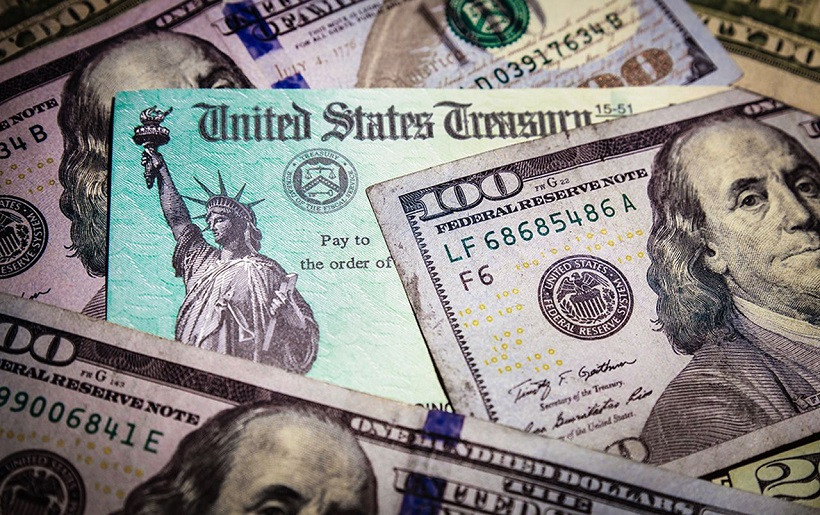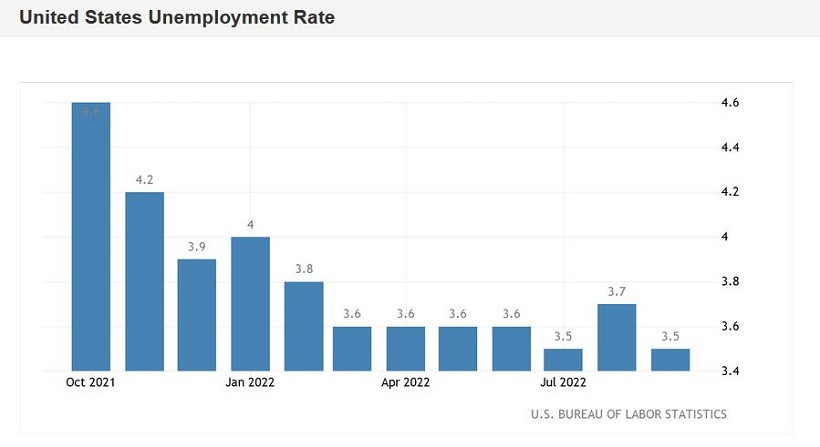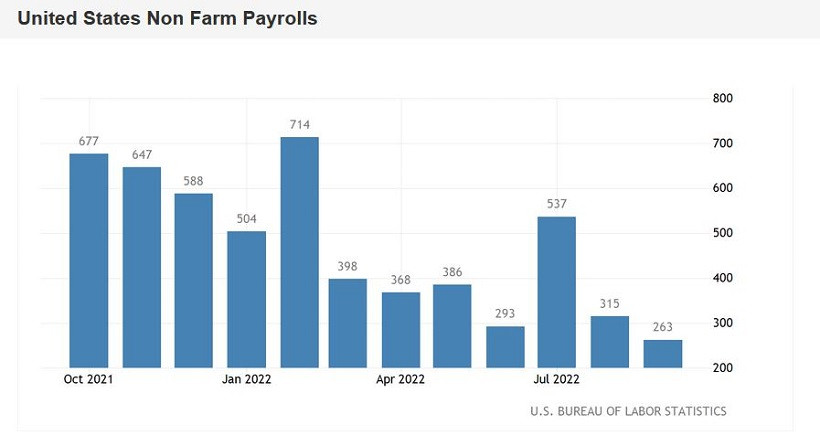
The Nonfarm data did not disappoint. Key indicators of the US labor market supported the dollar: almost all components of Friday's release came out in the green zone. I must say that dollar bulls received support at the most appropriate moment for this. After all, the events of the past week have somewhat shaken the greenback's position – the market began to doubt that the Federal Reserve would decide on a 75-point rate hike at the next November meeting. The US dollar index has noticeably sagged, and the main dollar pairs have changed their configuration accordingly. The euro-dollar pair was at the forefront of these events: the price of EUR/USD rose by more than 200 points in just two days. There is even a level of parity looming on the horizon, which traders have not crossed from the bottom up for two consecutive weeks now.

US Nonfarm a priori play an important role for EUR/USD traders. However, under the circumstances, this release was of crucial importance. The chronology of events is important here. The US ISM manufacturing index was published on Monday, which unpleasantly surprised dollar bulls. With the forecast of growth up to 52 points, the indicator came out at 50.2. The index has updated a two-year low, recording the weakest result since May 2020. This fact unexpectedly provoked a violent reaction in the markets. The expert community started talking about the fact that the Fed may be satisfied with a 50-point hike in November, instead of the widely expected 75-point scenario. According to the CME Group FedWatch Tool, the probability of a 75-point rate hike at the November meeting has sharply decreased to 49% (from the previous value of 74%). Against this background, the yield of treasuries also decreased, while Wall Street "came to life": key indexes showed positive dynamics for two days.
However, the triumphant march of EUR/USD bulls did not last long: the ISM business activity index in the service sector was published on Wednesday, which surprised with its green color. Investor sentiment has changed again, and the probability of a 75-point rate hike has increased again – to 68%. It is difficult to say why the market reacted so sharply to the aforementioned releases. But the fact remains. Moreover, the Nonfarm in this context acted as a kind of arbiter: Friday's release could tip the scales in one direction or another.
As mentioned above, almost all the components of the latest report came out in the green zone. First of all, the unemployment rate decreased to 3.5% after an unexpected increase to 3.7% in the previous month. The number of people employed in the non-agricultural sector increased by 263,000 (with a growth forecast of 248,000). In the private sector of the economy, the indicator increased by 288,000 (with a growth forecast of 265,000). By the way, the ADP report was published on Wednesday, which came out at around 208,000. As we can see, in this case we can talk about some uncorrelation, which was interpreted in favor of the dollar. The growth rates of salaries did not disappoint either. The latest figures (0.3% m/m and 5.0% y/y) complemented recent inflation releases.


On the one hand, the growth rate of the employed decreased relative to the previous months. In July, 526,000 jobs were created, in August – 315,000, in September – 263,000. On the other hand, this trend suggests that the Fed's stated strategy of "cooling" the labor market in the fight against inflationary growth is gradually beginning to be implemented. In one of his interviews, Fed Chairman Jerome Powell said that reducing the pace of hiring "is one of the goals of the regulator when tightening monetary policy." According to him, a slower growth in the number of jobs reduces the pressure on employers in the context of salary increases (since additional costs are then shifted to the shoulders of consumers due to the rise in prices – the flywheel of inflation is unwound). Therefore, the latest figures should be considered taking into account the above circumstances and Powell's position.
In general, September Nonfarm data was able to outweigh the proverbial scales in the direction of the US currency. At the moment, the probability of a 75-point rate hike in November (according to the CME Group FedWatch Tool) is almost 80%. Perhaps, this indicator can approach the one hundred percent level if the inflation indicators published next week also come out in the green zone. We will find out the dynamics of the consumer price index and the producer price index.
Thus, according to the results of the past week, it can be concluded that bears on EUR/USD were able not only to restrain the onslaught of the bulls (who did not even test the parity level), but also managed to gain the upper hand. The round ended in favor of the bears: the trading week opened at 0.9800, and after a 200-point northern marathon, the price returned to the area of the 97th figure.
All this suggests that short positions on the EUR/USD pair are still relevant. It is advisable to use corrective pullbacks to enter short positions. The nearest target is 0.9730 (the lower line of the Bollinger Bands indicator on the four-hour chart). The main target is located at 0.9600 (the lower line of the Bollinger Bands indicator on the daily chart).